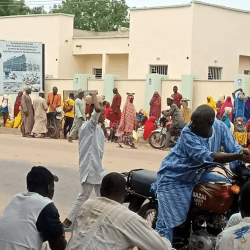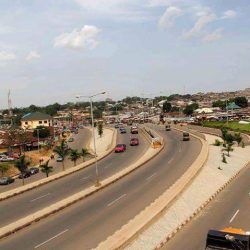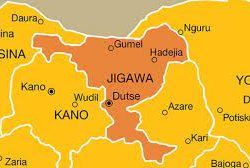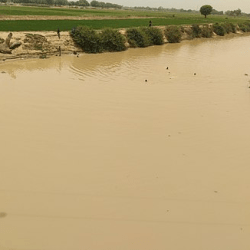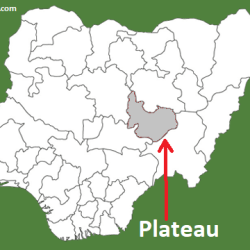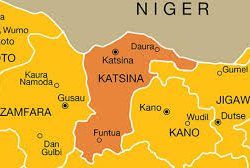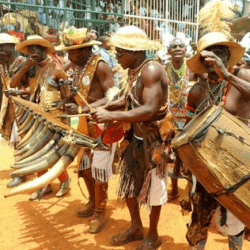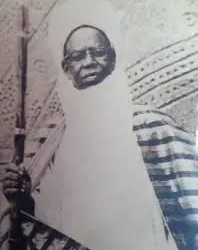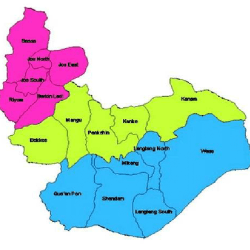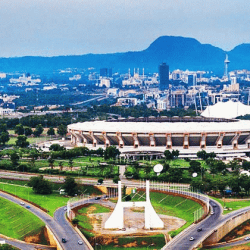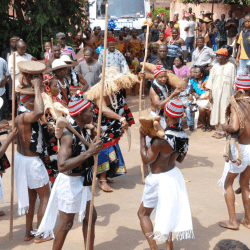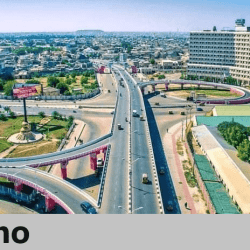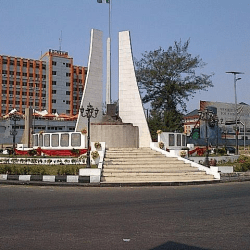The temperature of Kano usually ranges between a maximum of 33 degrees centigrade and a minimum of 15.8 degrees centigrade although sometimes during the harmattan it falls down to as low as 10 degrees centigrade. Kano has two seasonal periods, which consist of four or five months of wet season and a long dry season. The movement of the South West maritime air masses originating from the Atlantic Ocean influences the wet season. The commencement and length of wet season varies between northern and southern part of Kano State is six months from early May to late September. While in northern parts it is from June to early September.
The average rainfall is between 63.3mm + or – 48.2mm in May and 133.4mm + or – 59mm in August the wettest month. The movement of the tropical maritime air masses from Southwest to the North determines the weather of Kano State during the wet season. The air mass carries a lot of moisture from over the Atlantic Ocean. This moisture condenses when it is forced to rise by convention or over a barrier of highlands or an air mass; it then falls back as rain. The period of the heights occurs when the sun passes over West Africa between March and June. The dry season starts in October and lasts till about April of the following year. Temperatures are low during this period because the sun is in continental air mass, which originates from the Sahara area and blows from the Northeast carrying along it the harmattan dust. This is also the harvesting season.
Kano
Kano is a city in northern Nigeria and the capital of Kano State.
It is the second largest city in Nigeria after Lagos, with over four million citizens living within 449 km2 (173 sq mi).


The major inhabitants of the city are the Hausa people.
Centuries ago, Kano was largely cosmopolitan with settled populations of Arab, Berber, Tuareg, Kanuri and Fula and remains so with the Hausa language spoken by many residents.
It is the traditional state of the Dabo dynasty who have ruled as emirs over the city-state since the 19th century.
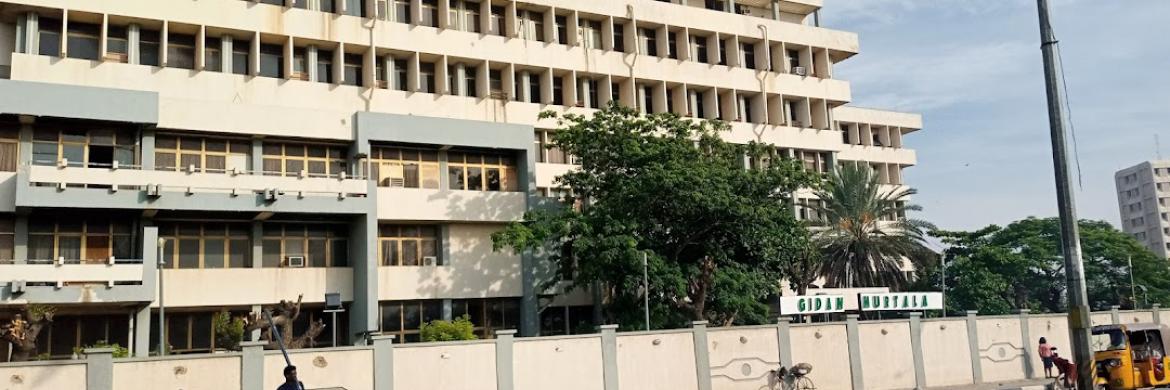
The city is one of the seven medieval Hausa kingdoms.
Located in the Savanna, south of the Sahel, Kano is a major route of the trans-Saharan trade, having been a trade and human settlement for many years.
Prior to the creation of Kano State in 1967, it was the largest Hausa Kingdom in Africa that is currently 1000 years old, based on an ancient settlement around Dala Hill.


According to the Kano Chronicle, Bagauda, a grandson of the mythical hero Bayajidda. became the first king of Kano in 999AD, reigning until 1063AD.
Muhammad Rumfa ascended to the throne in 1463 and reigned until 1499.
During his reign he reformed the city, expanded the Sahelian Gidan Rumfa (Emir’s Palace), and played a role in the further Islamization of the city as he urged prominent residents to convert.
The Hausa state remained independent until the Fulani conquest of 1805.


At the beginning of the 19th century, Fulani Islamic leader Usman dan Fodio led a jihad affecting much of northern Nigeria, leading to the emergence of the Sokoto Caliphate.
Kano became the largest and most prosperous province of the empire.
In March, 1903 after a scanty resistance, the Fort of Kano was captured by the British, It quickly replaced Lokoja as the administrative centre of Northern Nigeria.
It was replaced as the centre of government by Zungeru and later Kaduna and only regained administrative significance with the creation of Kano State following Nigerian independence in 1960.
After independence, Kano state was created in 1967 from the then Northern Nigeria by the Federal military government.
The first military police commissioner, Audu Bako, is credited with building a solid foundation for the progress of a modern society. Most of the social amenities in the state are credited to him.
